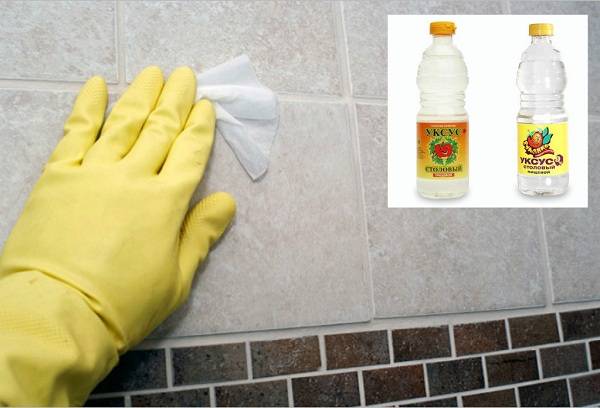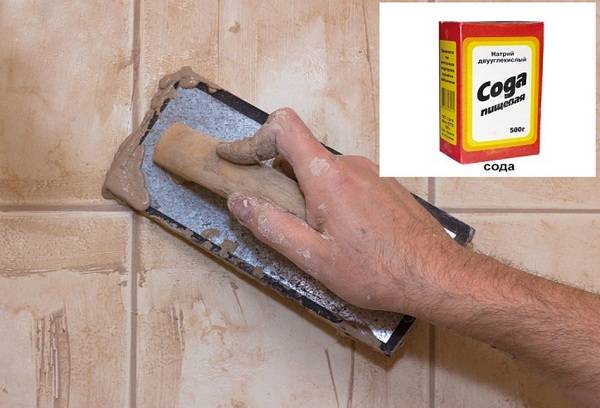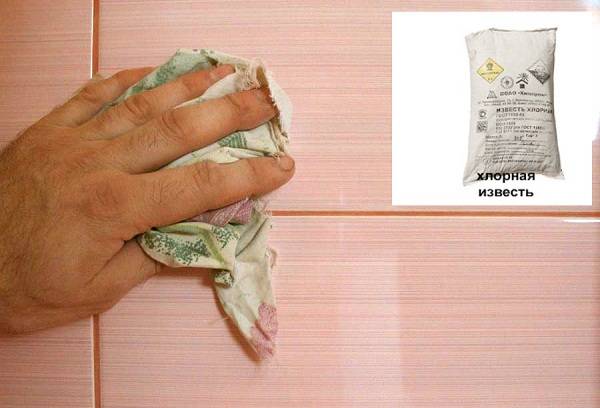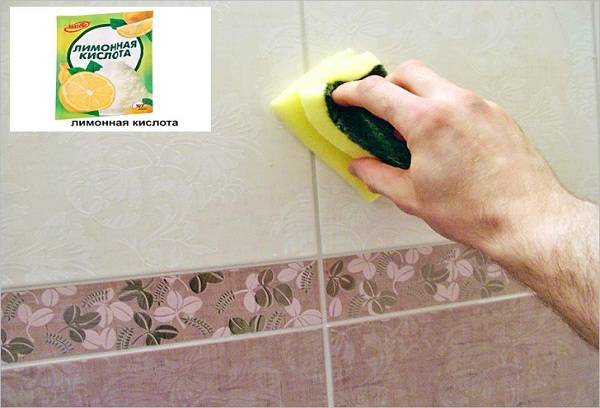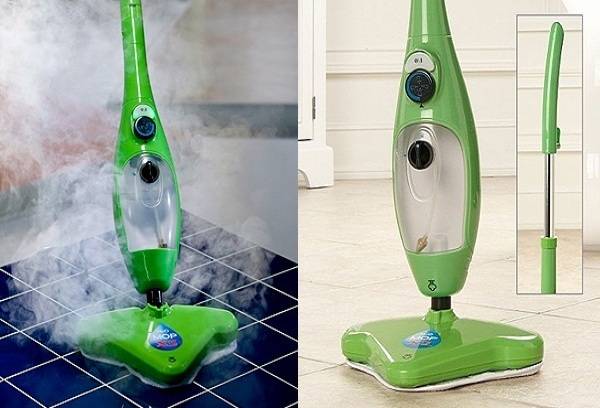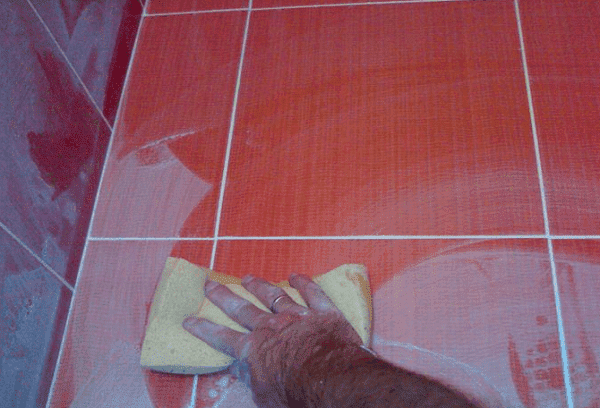How can you wash cement and glue from tiles? How to do it correctly?
Proper finishing work can save you from a lot of additional hassle. You don’t even have to think about how to wash cement from tiles if you prepare a clean sponge or rag and some cool water in advance. By removing contaminants as they arise, regardless of whether it is cement or tile adhesive, you can prevent the composition from drying out. It is worth considering that fixing products usually contain abrasive particles, so you need to scrub the product very carefully so as not to scratch the decorative layer on the surface of the tile. If at the early stage of work it was not possible to wash off the contaminants and they have dried, you can use one of the proven methods, depending on the type of composition.
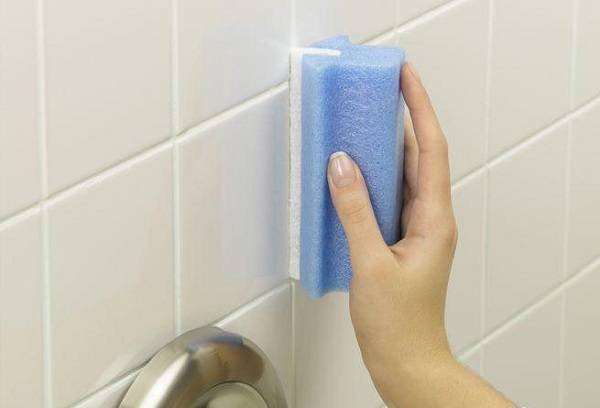
Methods for removing dried tile adhesive
To clean the tiles from glue that has just begun to dry and is still crumbling, you need to perform two types of manipulations. First, we treat the problem area with a construction float (it is recommended to first soak the glue in water). Then take a soft, damp sponge and remove any remaining product using circular movements.
If all the deadlines have passed and the tile adhesive has turned to stone, you will have to resort to one of the following approaches:
- Application of a specialized product. Today the range of such products is very wide. The main thing here is to take care of acquiring this composition as quickly as possible and act strictly according to the instructions.
- Vinegar. First, we mechanically clean the area using a construction float or spatula. Then dilute a little vinegar in warm water and wipe off the remaining product. The work will go faster if you first soften the tile adhesive with a weak solution of vinegar.
- Soda. We moisten a soft sponge generously with water, dip it in baking soda and work on the problem area. We repeat this several times until the desired result is achieved. We must remember that although baking soda is soft, it is still an abrasive, so we work very carefully.
Advice: When carrying out work, one nuance must be taken into account - light grout for joints may darken as a result of the use of chemicals intended to remove contaminants. Therefore, first, if possible, it is better to clean off the tile adhesive, after which you can begin the final manipulations.
- Chlorine. We dilute bleach in water strictly according to the instructions, pour the finished solution into a spray bottle and spray it over the area with dried glue. We wait a few minutes for the caustic product to corrode the material and wipe it off with a soft sponge. Be sure to wash off any remaining product from the surface. An additional advantage of this approach is the possibility of disinfection, which prevents the appearance of mold.
- Lemon acid. If the tile adhesive stains the surface only in a few places, apply citric acid diluted with water with a brush. For extensive contamination, use a spray bottle. Be sure to wash off the composition after cleaning. Such treatment guarantees not only the desired cleanliness, but also a pleasant smell in the room.
- Steam Mop. The best option for hard-to-reach places.The device will easily soften the glue (but will not have the desired effect on cement), without harming the surface of the tile.
Before resorting to one of the described methods, it is recommended to test the active composition on an unnecessary piece of tile or an inconspicuous area. This will ensure that the approach is harmless.
Rules and features of cement removal
When cement is used to lay tiles, the same precautions apply. But if the product has dried out, you will have to use slightly different methods for its disposal:
- First, we simply try to wash the mass with water and a sponge, using a spatula if necessary. If this does not help, we use a specialized product, acting strictly according to the instructions. All work must be carried out with rubber gloves, because... aggressive components of solutions can cause irritation and even chemical burns.
- Toilet bowl cleaners have a good effect. Take a sponge, soak it in liquid or gel, apply the composition to problem areas. Leave it for 2-3 days, periodically updating the layer of product. Then we try to scrub off the cement. In most cases, it comes off the surface without any problems, leaving no marks.
- In very difficult cases, the use of a 5% hydrochloric acid solution is allowed. Apply it to the stains for a few minutes, then carefully wash off.
- Table salt copes well with such contaminants. First, the cement needs to be moistened generously with water, after which we apply salt to it, which should make the composition more loose. Then we scrub it with a stiff brush, working very carefully and consistently.At the end of the manipulation, you can additionally treat the surface with a weak alkaline solution, which will remove any remaining fixative, and wash it well.
- In some cases, chemicals are powerless and you have to resort to mechanical methods to solve the problem. For this purpose, you can use a chisel with a hammer. You just need to adapt yourself so as not to accidentally split the tile. In addition, experienced repairmen, when removing cement, use a soft brush for a drill, turning on the device at minimum speed.
It is important to remember that when using chemicals of any degree of aggressiveness, it is necessary to thoroughly wash the treated area after cosmetic cleaning.
